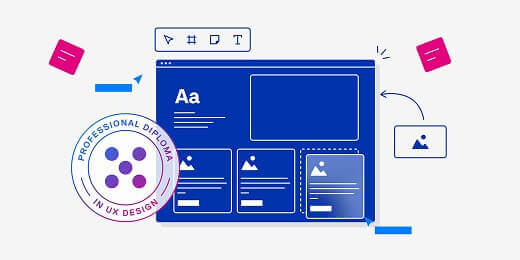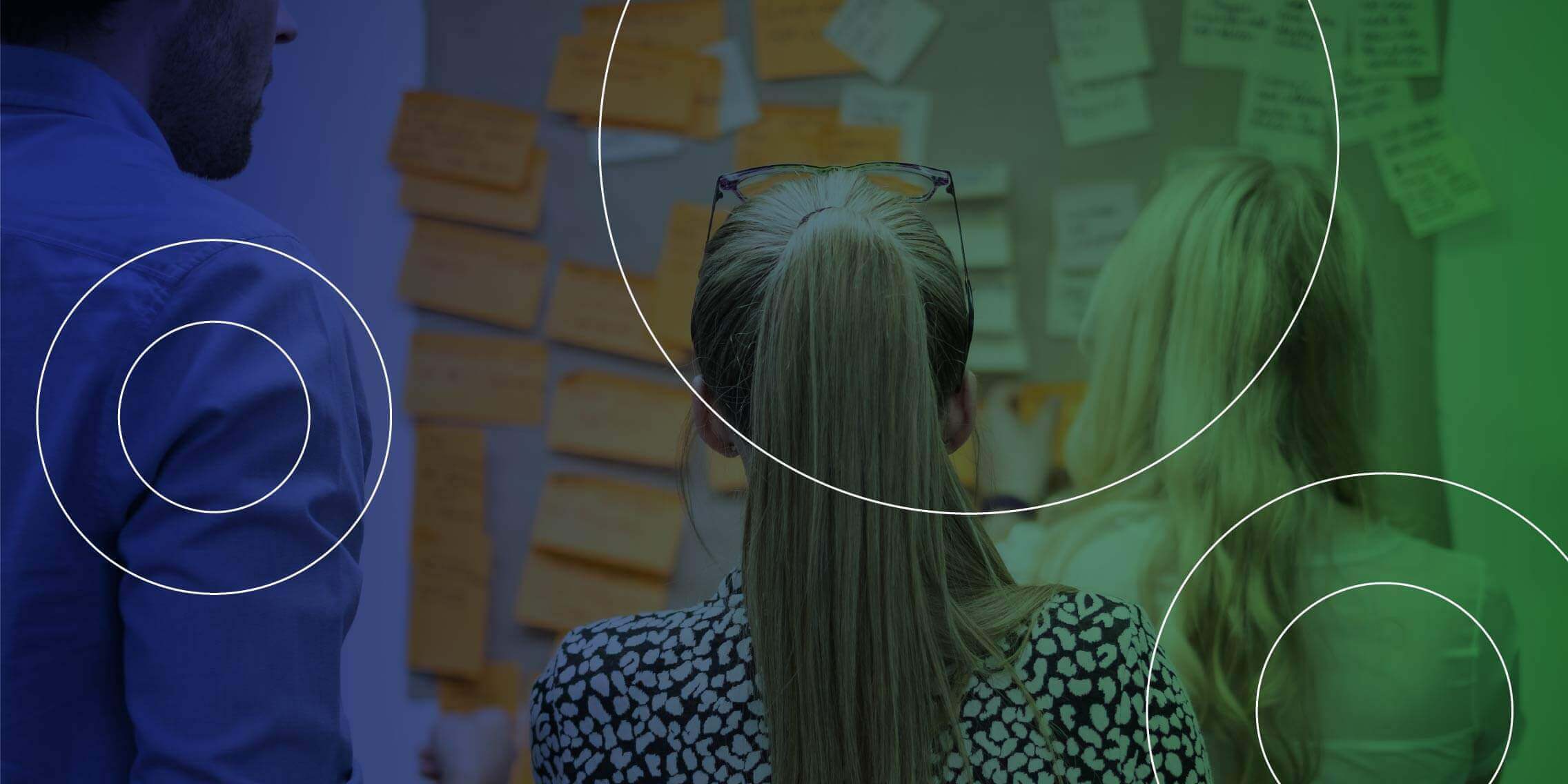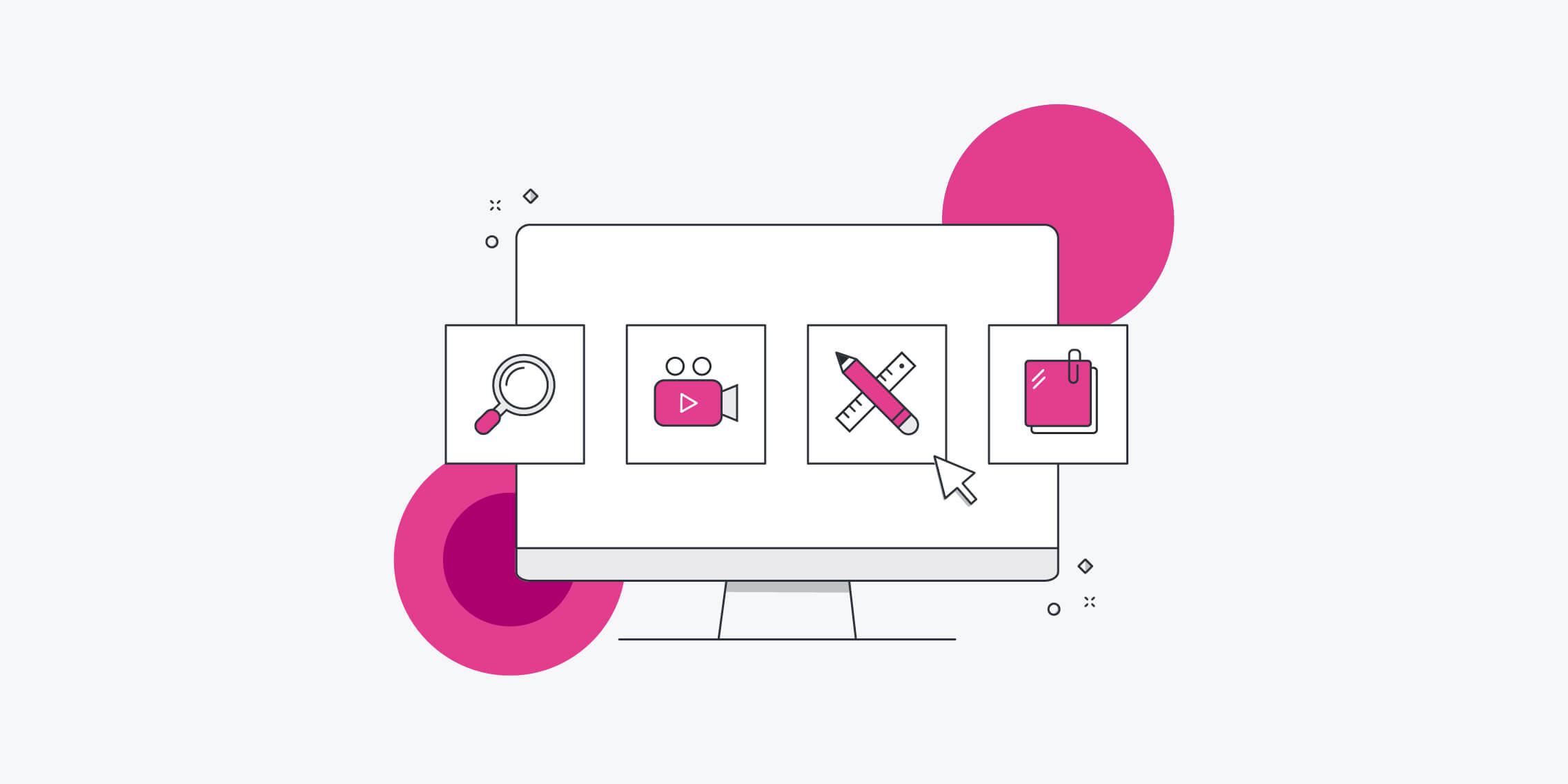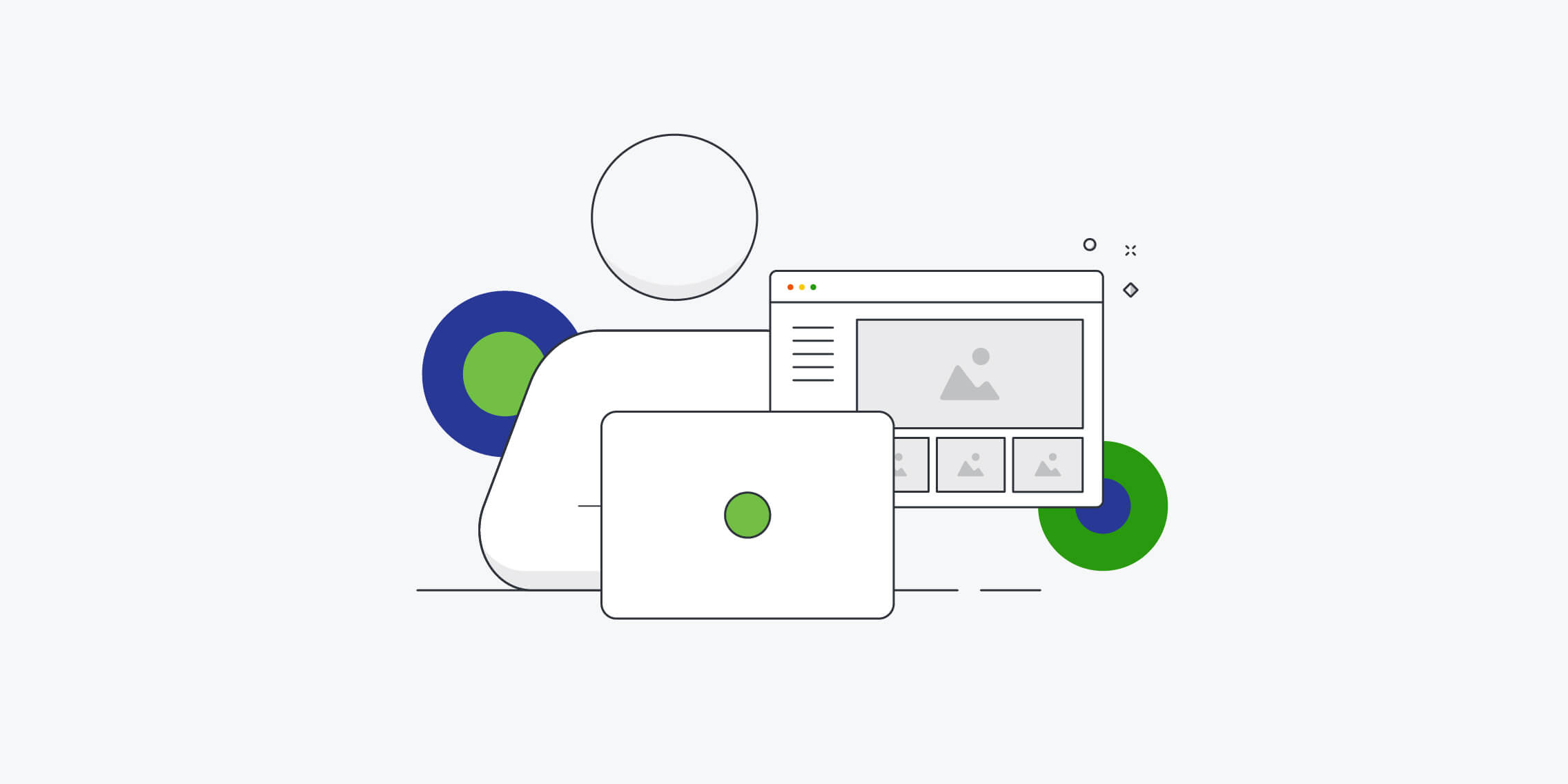Of all the tools in the UX tool kit, usability testing is one of the most prevalent and, arguably, the most powerful.
It’s hard to imagine any meaningful design project taking place without it.
But, surprisingly, many companies still don’t do this type of research when designing, developing or optimising products. One of the biggest barriers for them is a lack of knowledge about where to find users – and this is something we often hear from participants on our courses.
So, with that in mind, here’s our guide to who you can recruit for usability testing and how to find them.
Colleagues
Doing usability testing with the people you work with might seem like the easiest option but it’s generally going to produce the worst data.
Why? The people who work in your company, even if they’re not working directly on the product team, know an awful lot about the business model and the industry that you work in. They have too much information (and therefore bias) in their head to be able to step out of their shoes and into the shoes of a genuine user.
Say you work for an insurance company and are developing a website for your customers. If you carry out usability testing with your colleagues, they are going to be experts on insurance whereas most insurance customers know an awful lot less about it. Insurance experts aren’t your target customers so it doesn’t make any sense to use them in your research.
And, aside from the bias issue, most employees won’t feel comfortable being critical of a product that their colleagues have worked on. They won’t want to cause offence so they won’t end up giving honest feedback (for more on the drawbacks of using colleagues, check out this post from Nielsen Norman Group).
Sometimes the question comes up – is it better to test with colleagues than to do no testing at all? We definitely say it’s better to have no data than wildly misleading data that’s going to bring you down the wrong path. And, actually, it’s not an either/or scenario – there are other users you can use.
Friends and family
This is a slightly better option. You can send an email out to say you’re conducting a usability test on such a date and does anyone have friends or family who fit the criteria.
But friends and family aren’t complete outsiders to the company – they obviously know at least one person working there and therefore may have more insider knowledge of the company than a typical user would. This will likely influence what they bring to the table during the testing.
You’ll also need to filter if your friends and family represent the target users – they may be suitable for testing mass market B2C products but aren’t a good match for B2B products which have a more specific user.
Recruiting friends and family is definitely better than using your colleagues. But it’s still not the best source of users, as explained in this Medium article by Michael Margolis (UX Research Partner at GV).
“Finding real target customers is a little more work than showing the latest thing to friends and family,” he says. “But in the end, your research will be a lot more useful. So take the extra time and do it right.”
Customers
You would imagine that companies feel totally at ease talking to their customers. But often there are barriers – political barriers and geographical barriers – that stop companies from engaging with their customer base.
One political barrier is a fear of where the conversation might go and this comes from a misunderstanding of what UX research actually is.
“The sales guys might say, ‘No, you’re not talking to the customers’,” says Colman Walsh, founder of the UX Design Institute.
“They fear the product team is going to ask customers what they want and they’re going to say, ‘This, this and this’. The sales team – or whomever – is then worried that commitments have been made that can’t be met.
“But that’s not what UX research is about – it isn’t asking customers what they want, it’s understanding what they need and understanding what their problems are.”
Talking to customers – B2C company
If you work in a B2C environment (say, for instance, you’re a mobile phone network or operate in the travel sector), you’re going to have a lot of existing customers you can approach.
And there’s a lot of people who could be potential customers – practically everyone has a mobile phone or goes on holidays after all – so you’ve no excuse for not finding customers.
Talking to customers – B2B company
If you work in a B2B company, it may be a little trickier to get to speak to your customers as they’re not a mass market audience. If you need to talk to a network engineer or a physiotherapist, for example, you’re looking to speak to a very specific user.
If you’re hoping to use your customer database to find users, your sales or account managers might act as gatekeepers to this information (going back to the political barrier).
How do you get around this? Be clear with your stakeholders – basically whoever controls access to customers – that you won’t be asking your customers for a wish list of what they want or giving them any commitments.
You may also need to reinforce the importance of usability testing to your stakeholders – that design decisions should always be based on user research and that it will ultimately lead to a better product.
But if your powers of persuasion don’t work their magic, you can always use a proxy for your customer….
Customer proxies
Using a proxy in place of a customer can help you get around any political barriers to talking to actual customers. It can also be beneficial if there’s a geographical barrier to carrying out testing with your customers – if they’re based in another country and it would be too expensive to carry out testing in person with them.
“In a previous role, we did usability testing with a company in the Netherlands who make mixers for laboratories,” says Colman. “They wanted to build a better interface for the product but all of their customers were outside of Europe – in the US, China or Australia – which made it difficult and expensive to organise testing with them. And there was also resistance from the sales team to interview customers.
“So we looked at the local area where the company was based. There were lots of technicians working in labs and using mixers. In fact, there was a big technical university attached to the business park where the company was based. So there was a slew of proxies nearby that we were able to use for usability testing.
“They might not actually be your customers, they might not be your end users but they’re representative of them. They have the same goals, the same behaviours.”
Specialist research recruitment agencies
Unless you’ve ever tried to schedule participants for usability test sessions, you probably underestimate the level of effort involved. It can become almost a full time job: emailing, calling, scheduling, rearranging and so on.
You might have to contact 50 customers in order to get five people who are willing and/or available to come along to the test. It is a lot of admin and not the best use of your time.
There’s a smarter way to do this – outsourcing it to a specialist research recruiter.
Research recruiters typically find participants for market research purposes (e.g. focus groups) but they will also be able to recruit participants for usability tests. Every country and city in the world where market research is conducted will have recruitment agencies who specialise in finding the right participants.
To give you a flavour of what you’re looking for, here are a few well known companies in Ireland, the UK, the US and the Netherlands:
- Fieldwork Future
- Grofieldwork
- Probe Market
- Testing Time (you can book test users online with them)
- Respondenten
There is a cost involved in using recruiters (roughly €100 for each person recruited in Ireland) but it represents good value for money as opposed to pursuing the do-it-yourself route.
Recruitment screener
You should use a recruitment screener to give the agency guidance as to who you need for your sessions, in order to make sure that participants represent your target users. So if you’re testing an airline website, it’s people who have recently booked a flight. If you make network diagnostic software, it’s network engineers. For high-end fitness trackers, it’s athletes.
To help get you started with your recruitment screener, you can download a sample screener that we use on our courses.
The more specific your audience, the more specific your screener needs to be. Don’t waste time conducting research with users who don’t fit the bill. If you make software for managing dentist’s offices, you need people who work for a dentist. End of story.
Taking the time to find the right users for your usability testing will pay off in the quality of the research you gather. It’s always worth the effort.







